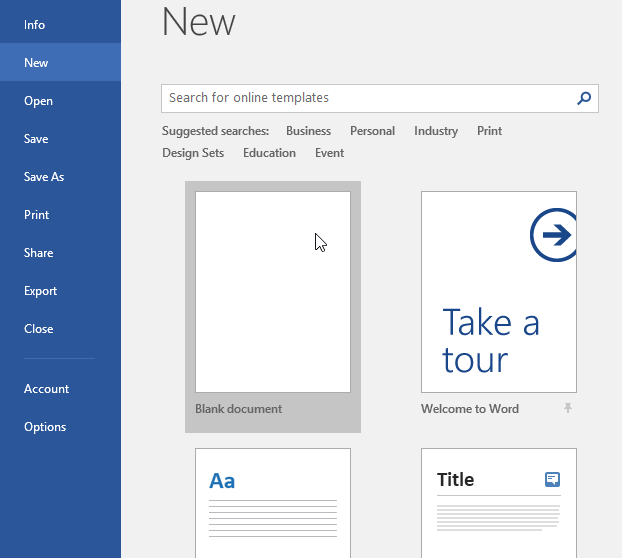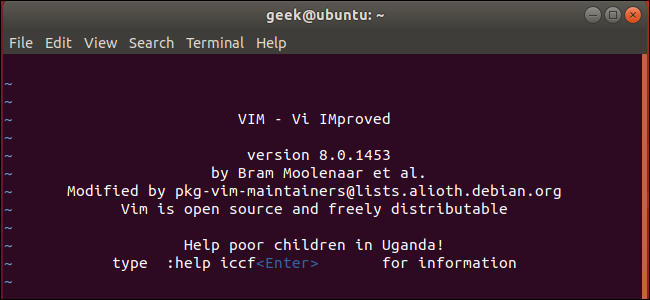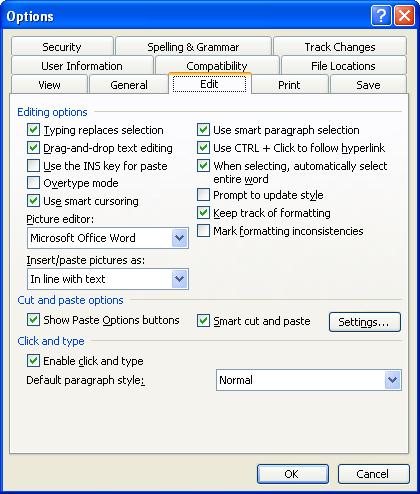

End With is a structure for applying multiple methods, properties, or a combination of the two to the same object.

This statement sets the Visible property of the CommandBar object to False, making it invisiblein other words, hiding the toolbar. Objects have properties (attributes) that control how they behave. To reach an object in a collection, you specify its name (as here: the object called "Print Preview" in the CommandBars collection) or its index number (for example, CommandBars(1) indicates the object with the index number 1 in the CommandBars collection). VBA groups similar objects into groups called collections to simplify access to them. A CommandBar object is either a toolbar (as it is here) or a menu bar. The CommandBars("Print Preview").Visible = False statement turns off the display of the Print Preview toolbar. A method is a command or action that you can take with an object. The ActiveDocument object represents the active documentthat is, the document you're working with in the user interface.

The ActiveDocument.PrintPreview statement technically applies the PrintPreview method to the ActiveDocument object. If you open the macro in the Visual Basic Editor, it should look something like Example 8-2. Click the Stop Recording button on the Stop Recording toolbar to stop the Macro Recorder. Choose View » Zoom, select your preferred zoom settings, and click the OK button. Choose View » Toolbars » Print Preview to toggle off the Print Preview toolbar (to save the space it takes up). Choose File » Print Preview, and click the Magnifier button to enter editing mode. Choose Tools » Macro » Record Macro, type a name (for example, PrintPreviewEdit), type a description, and then click the OK button. Actually, this is a good candidate for a recorded macro. But it takes three steps to switch to Print Preview, enter Edit mode, and zoom the window how I want it. To turn off Track Changes, simply click on the Track Changes button or toggle again.Call me weird, but I've taken to editing in Print Preview. You can also choose to accept or reject all changes at once from the drop down menus beside each option. To do this, simply click on the changed text (or the note in the margin) and then select either Accept or Reject from the Review tab. If you are reviewing a document, you can either accept or reject changes made by another person. The comment will appear in the right margin of the document. You can also comment on pieces of text by selecting New Comment from the Review tab.

When you reformat text, the type of reformat will be noted in a comment in the right margin of the document. When you delete text, the deleted text will be noted in a comment in the right margin of the document. When you add text, the added text will be in a different colour to the normal text – making it easy to spot for reviewers. Any changes you make to the text will be marked by a grey bar on the left side of the changed text. Once Track Changes is turned on, you can start editing the document. Make sure that you change ‘Simple Markup’ to ‘All Markup’ from the drop down bar next to Track Changes.Either click the Track Changes button (PC) or toggle the Track Changes switch (Mac).Choose the Review tab at the top of the document.You can also follow these steps if you are using the desktop Microsoft Word app: Turn on Track Changes
#HOW TO EXIT EDIT MODE WORD HOW TO#
If you do not know how to use Track Changes, Microsoft has a very useful online guide to using Track Changes. Reviewers can then accept or reject changes. Track Changes will record any text you add, delete, reformat, or comment on. This allows us to clearly see what edits have been made and greatly speeds up the amount of time we spend editing web pages. In addition, it gives more power to the owner of the document who can accept or reject any changes made to the document.ĭigital communications often shares Word documents containing website content with colleagues across the University, and asks them to use Track Changes to make edits or queries. It is particularly useful when you are sharing documents with other colleagues, because it allows you to see exactly what changes were made, and by whom. In this post, I’ll teach you how to use Track Changes to edit Word documents, and how to accept or reject those changes as a reviewer. Track Changes is a tool in Microsoft Word which allows you to show any markups, changes or comments made to a document.


 0 kommentar(er)
0 kommentar(er)
